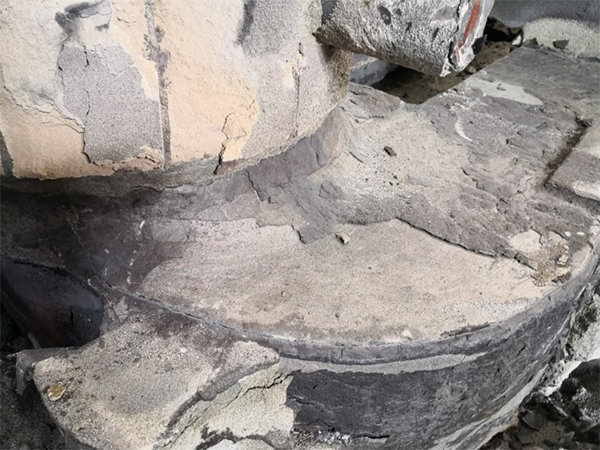Examples of Sand Casting Products
Sand casting is a widely used metal casting process that involves creating a sand mold in which molten metal is poured to form various shapes and components. This technique is particularly valued for its versatility and cost-effectiveness, making it suitable for producing both intricate and large-scale products. This article explores some remarkable examples of sand casting products across different industries, highlighting the process's applications and advantages.
One of the most common examples of sand casting products can be found in the automotive industry. Engine blocks and cylinder heads are often produced using sand casting. These components require high precision and durability, attributes that sand casting can provide. The ability to create complex shapes is crucial in this sector, as modern engines often feature intricate designs that need to be replicated accurately. The sand casting process allows for the mass production of these vital components while maintaining quality, thus lowering costs and meeting the demands of manufacturers.
Another prominent example is found in the construction sector, where sand casting is used to create architectural elements such as decorative facades, columns, and fixtures. Custom-designed, ornamental components can be fabricated using this method, where detail and aesthetics are central to the design. Sand casting not only allows for the creation of unique, eye-catching structures but also provides resilience against weathering, which is essential for outdoor applications.
examples of sand casting products

Sand casting is also instrumental in the production of various machinery parts. Gearboxes, valve bodies, and pump housings, for instance, are often manufactured using this technique. Such components require high strength and wear resistance, making the use of sand casting particularly advantageous. The process allows for a smooth finish and precise tolerances, which are vital for the operational efficiency of machinery. Furthermore, the ability to cast large parts in a single piece reduces potential failure points and assembly time, optimizing production processes.
In the art and sculpture domain, sand casting serves as a medium for creating exquisite sculptures and decorative items. Artists leverage this technique to bring their ideas to life, casting unique designs into metal. The flexibility of sand casting allows for a wide range of artistic expressions, from abstract art pieces to functional decorative objects, enabling artists to push the boundaries of their creativity.
Additionally, sand casting is utilized in the production of hardware and tools, such as hammers, wrenches, and brackets. These items are often subjected to substantial stress and must be manufactured with high durability. Sand casting efficiently meets these requirements, producing components that can withstand extreme conditions and heavy use.
In conclusion, sand casting is an essential manufacturing technique that produces a diverse array of products across various industries. From automotive components and construction elements to machinery parts and artistic creations, the versatility of sand casting continues to play a pivotal role in modern manufacturing. As technology advances, the methods and materials used in sand casting are also evolving, promising even greater efficiency and creativity in product design and production.
Post time:Окт . 09, 2024 06:15
Next:types of sand casting process
